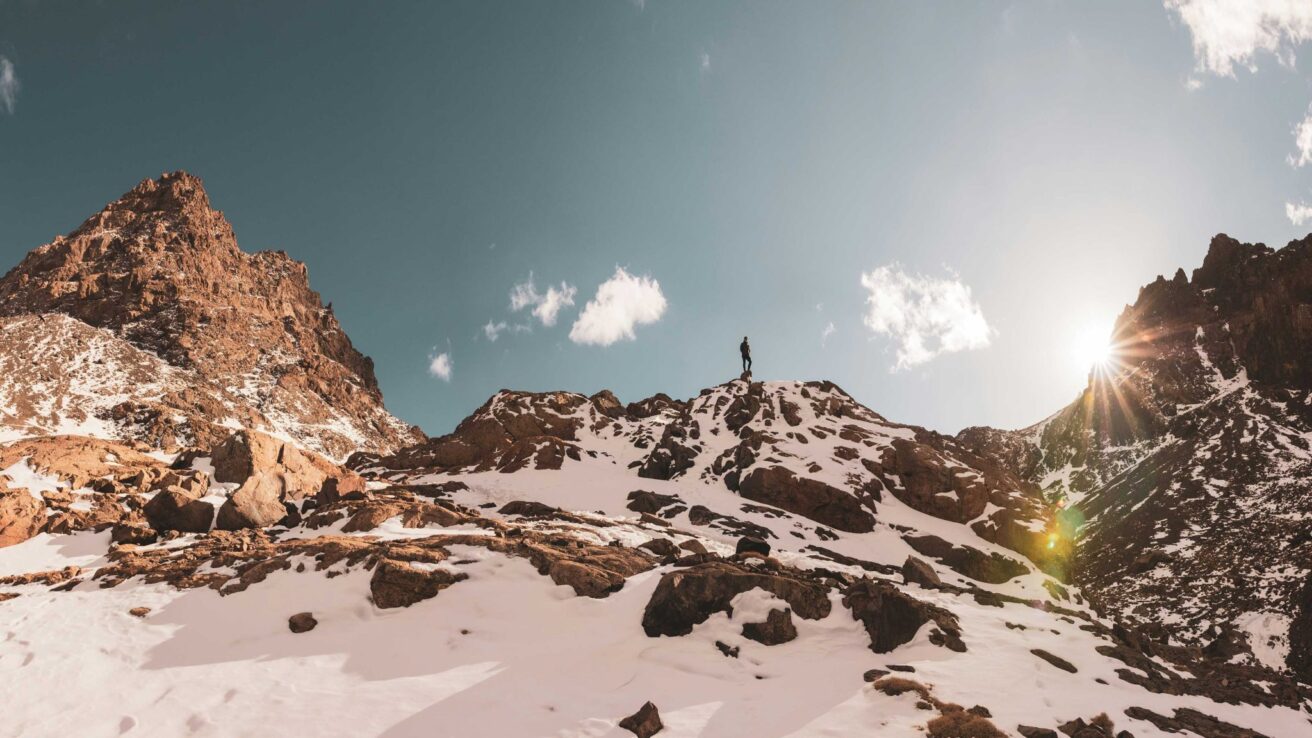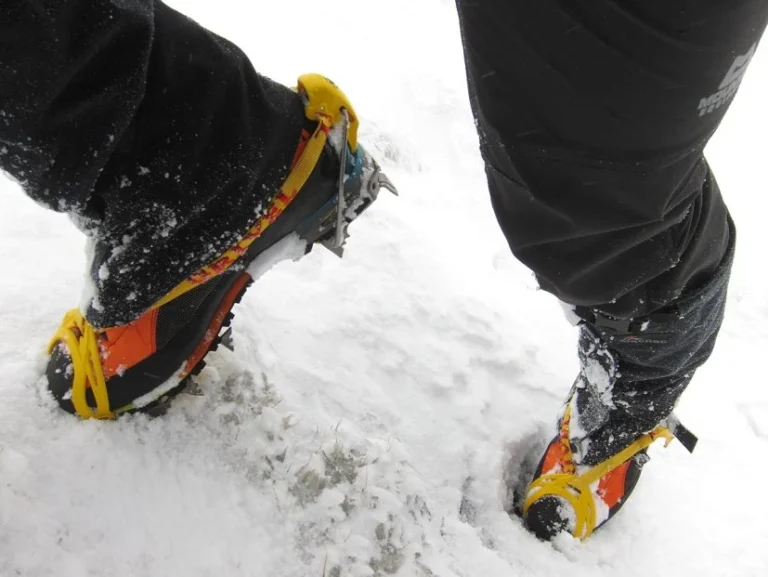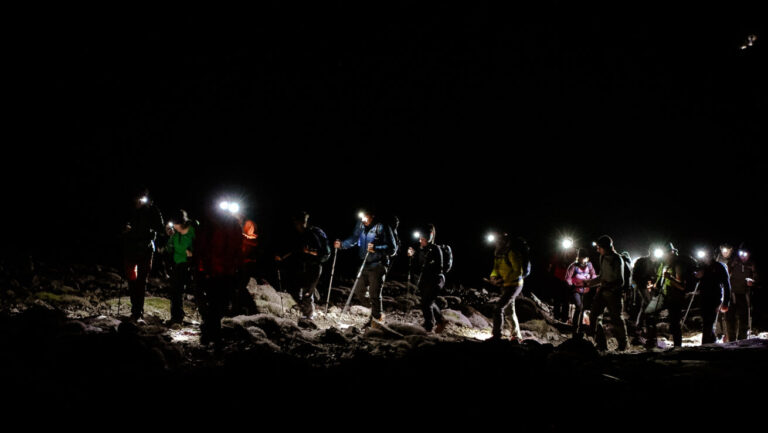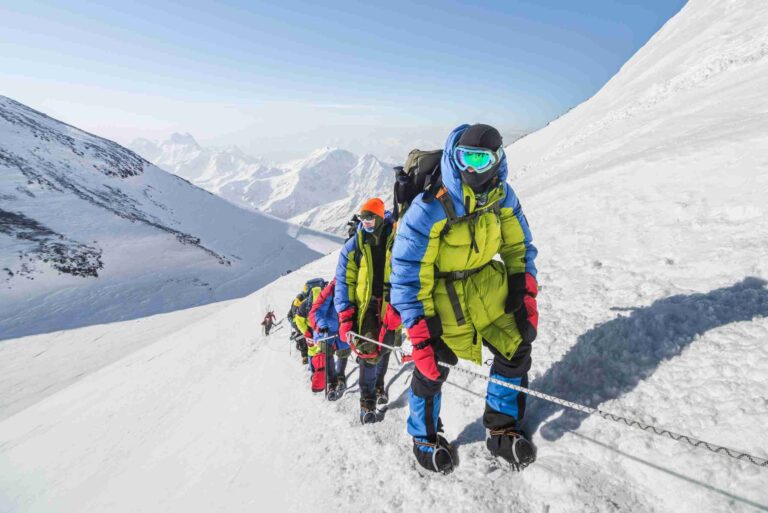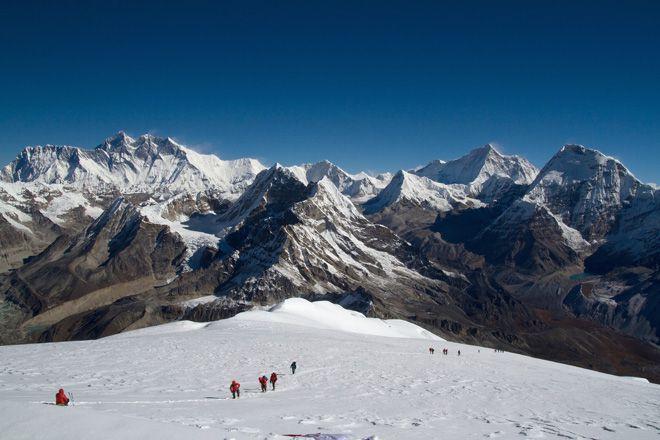Before embarking on a journey to climb Mount Toubkal, it’s worth noting that while many associate Morocco with its bustling souks, camel excursions across the desert, and indulging in mint tea, the country also hosts the lesser-known yet awe-inspiring Mount Toubkal.
Nestled within the Atlas Mountains, Mount Toubkal towers at an outstanding altitude of 4,167 meters (13,671 ft), offering incredible vistas of Morocco’s countryside.

How high is Mount Toubkal?
At an elevation of 4,167 meters (13,671 ft), Jebel Toubkal may not appear extraordinarily high to the seasoned climber, allowing you to leave your oxygen mask behind. However, the altitude might present challenges such as headaches for those not properly acclimatized. The journey to the summit and back to the mountain’s base city demands at least two days, encompassing an exceptional experience of the mountain’s grandeur.
How long does it take to climb Mount Toubkal?
The venture to the top of Mount Toubkal is achievable within a span of two days, dedicating the bulk of the trek to the initial day. The first day involves around 5 hours of hiking, spanning an 11km route marked by a gentle incline and defined paths. This provides ample opportunity for climbers to take in the natural beauty and gradually acclimate at the campsite by day’s end.
The subsequent day, or ‘Summit day,’ commences with a gradual ascent along a steep incline before dawn, allowing climbers to witness a breathtaking sunrise over the peaks. The return journey from the camp to the summit and back is approximately six hours, navigating a windy, scree-covered slope.
The adventure culminates in the village of Aremd, where climbers can enjoy the hospitality of a village house, complete with home-cooked meals, hot showers, and a comfortable bed.

Is Mount Toubkal a Difficult Climb?
Ascending Toubkal, North Africa’s highest peak, doesn’t require technical climbing skills, making it accessible for individuals in decent physical condition, provided they come prepared. However, it’s important to note that this climb is not without its challenges. There have been incidents of injuries and fatalities.
One major challenge climbers face is altitude sickness. At Toubkal’s summit, oxygen levels drop to about 60% of what’s available at sea level, increasing the risk of altitude sickness. To mitigate this, climbers are advised to span the climb over two days to adjust to the altitude properly.
Is Special Equipment Needed for Mount Toubkal?
The necessity for crampons on Mount Toubkal is seasonal. In the winter, crampons might be needed, although not always. In contrast, during the summer months, there’s no need for such equipment. For those venturing during the colder seasons, crampons are readily available for rent in Imlil, offering a convenient solution for travelers with limited luggage. For a three-day rental, expect to pay around 400 dirhams for two pairs of crampons and snow protection.
Best Time to Climb Jebel Toubkal?
Mount Toubkal is accessible year-round, with the refuge also open for climbers regardless of the season. This flexibility allows for summit attempts at any time, including the winter months. For avid mountain climbers seeking to use crampons, the optimal months are January and February. Climbing Toubkal in the summer months is more akin to a high-altitude hike, without the need for technical climbing gear such as ropes, since there are no technical routes to navigate.

